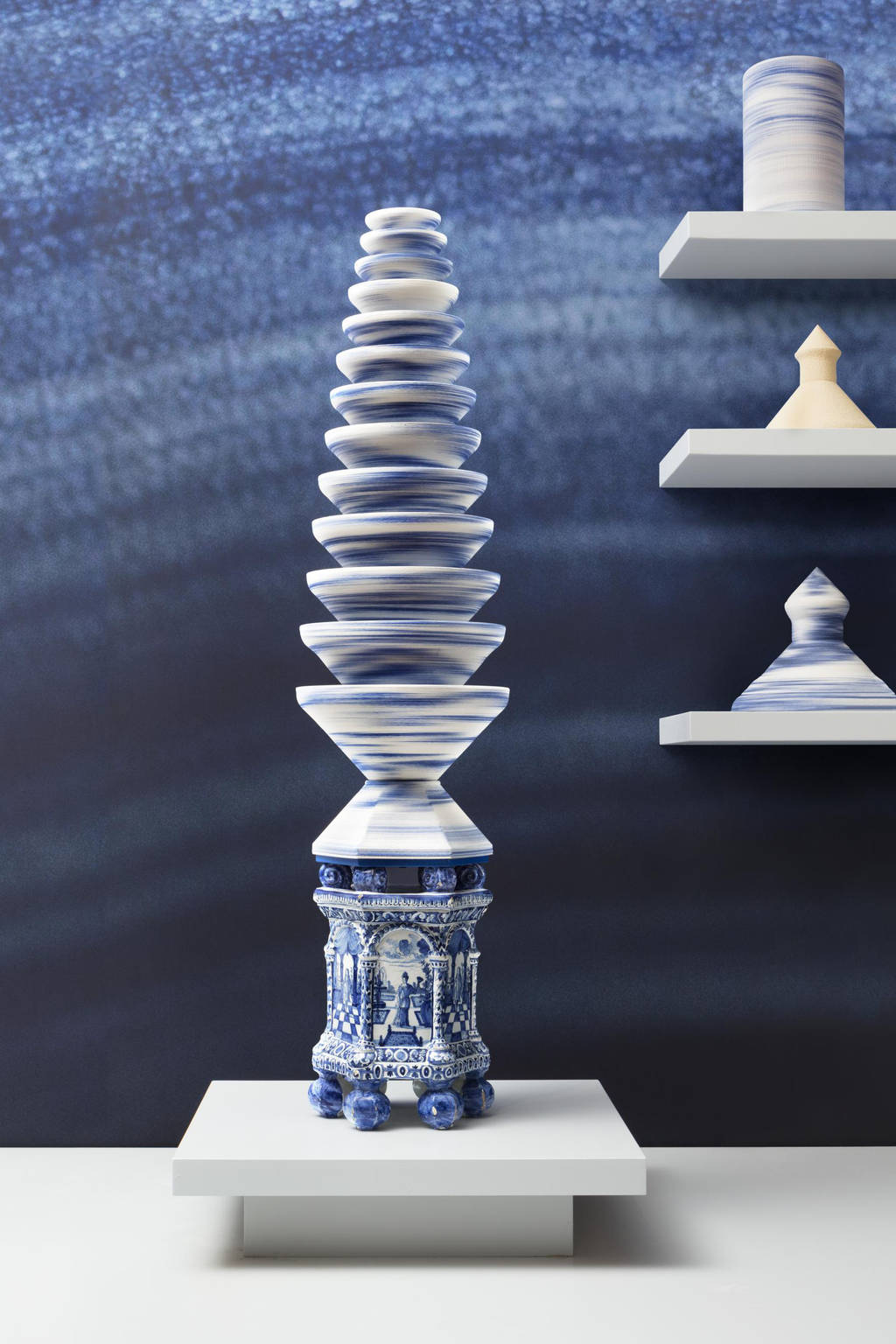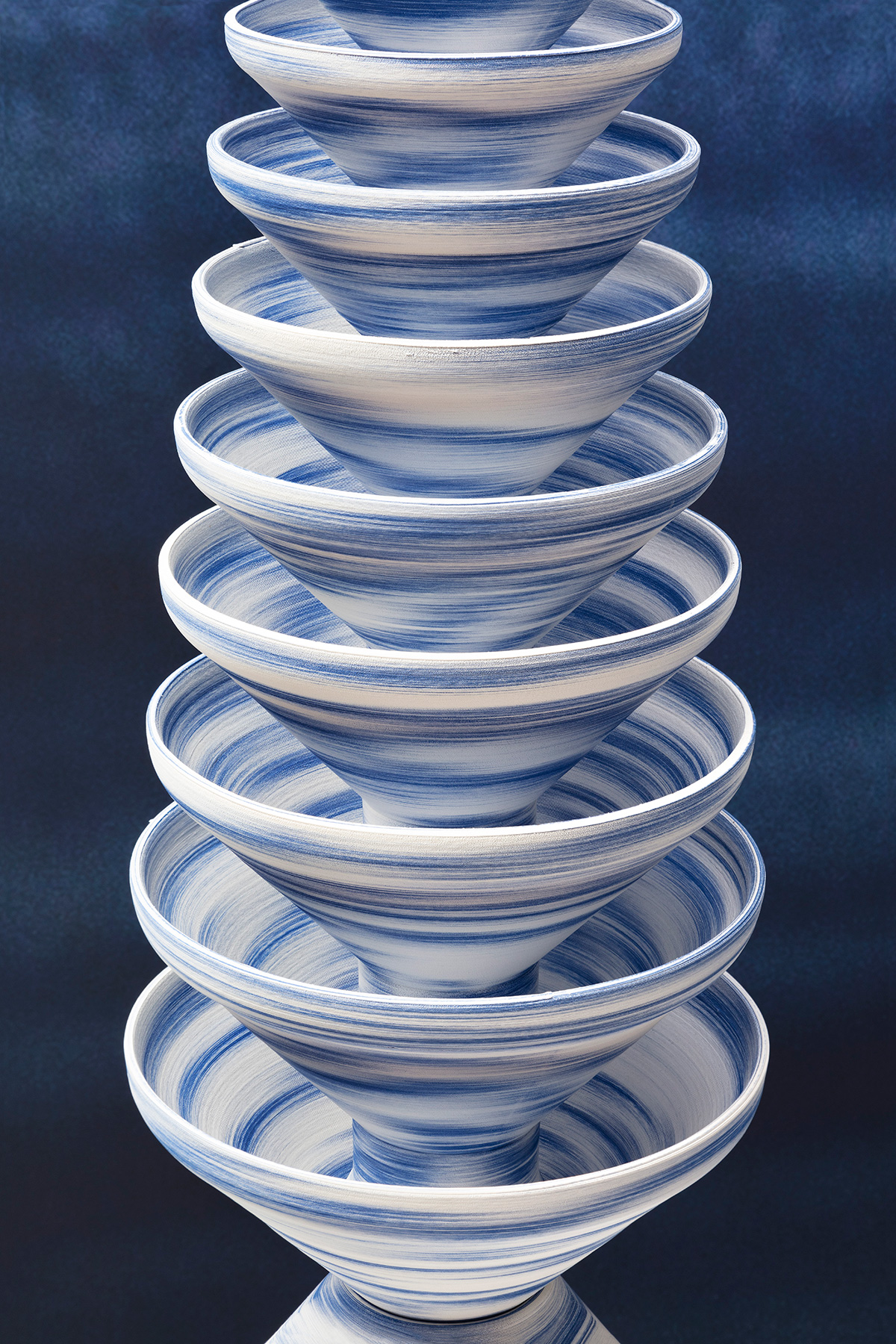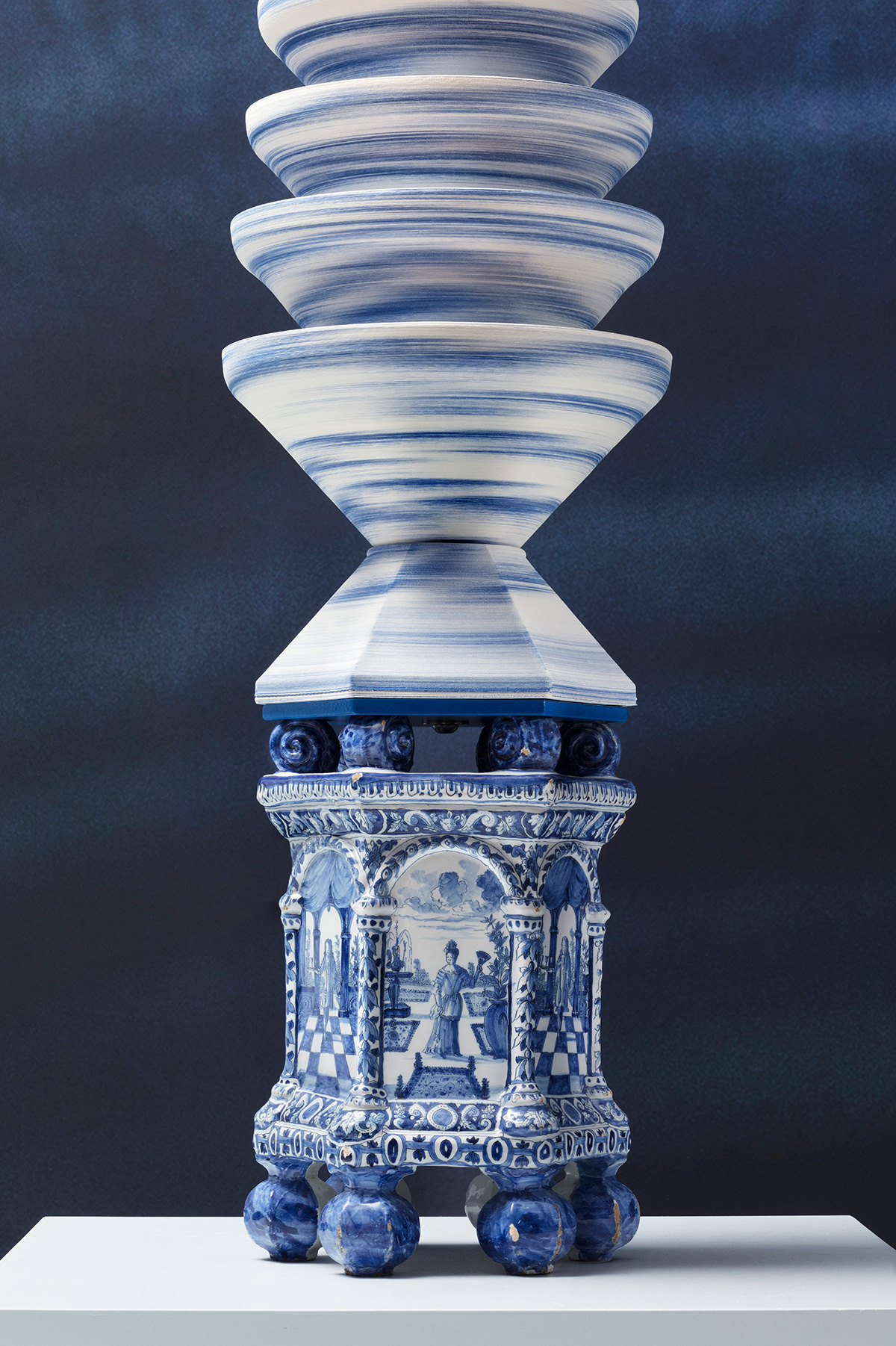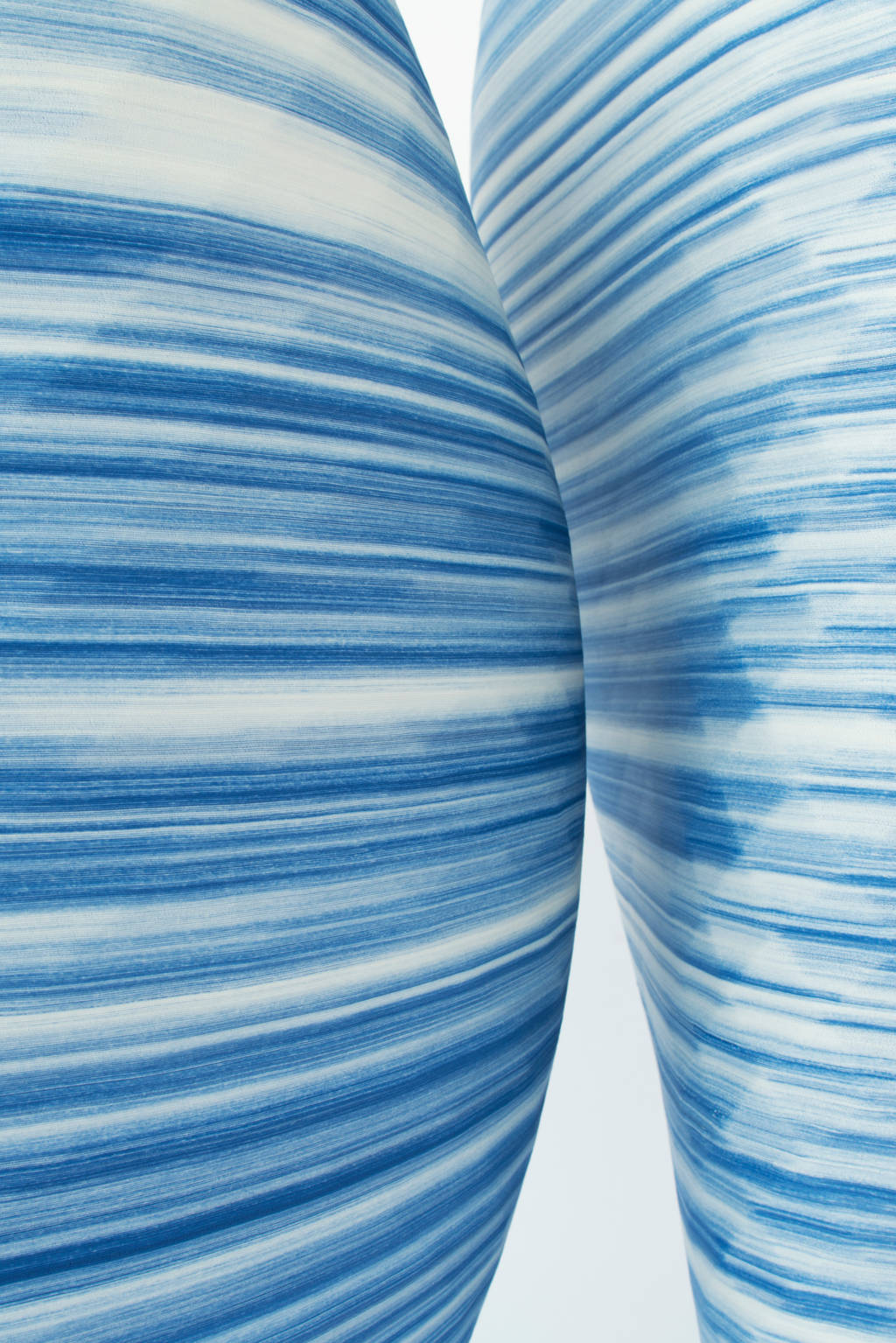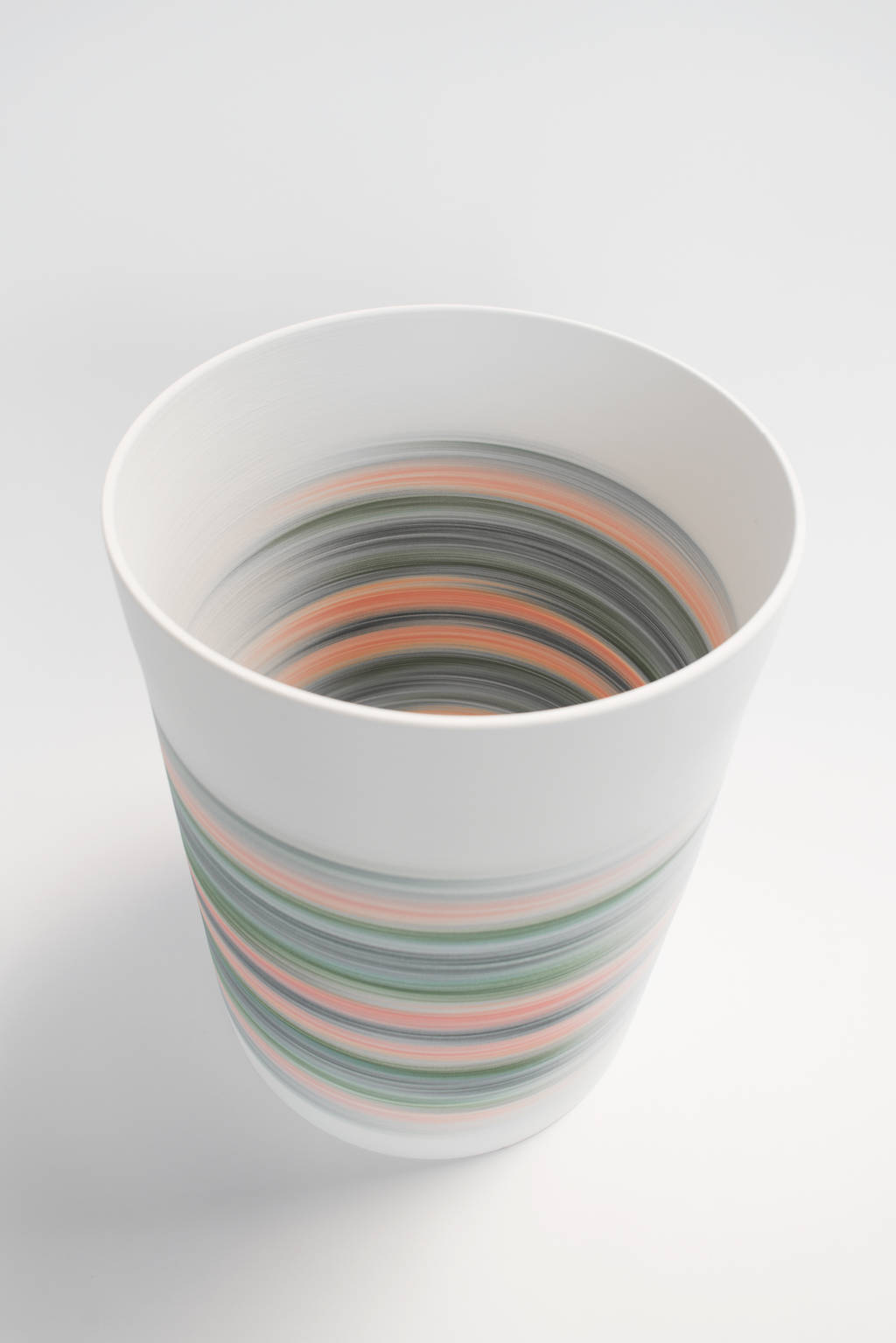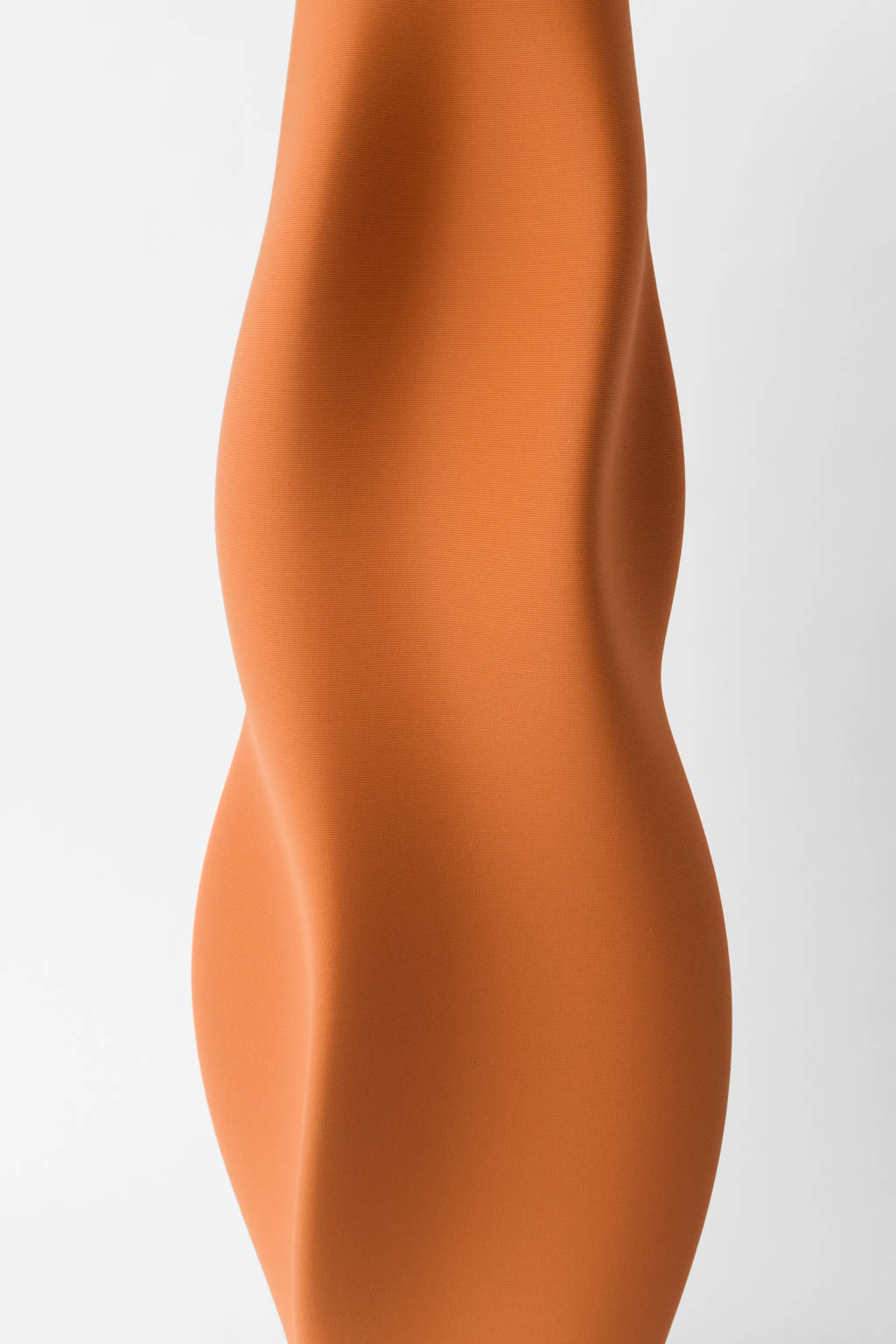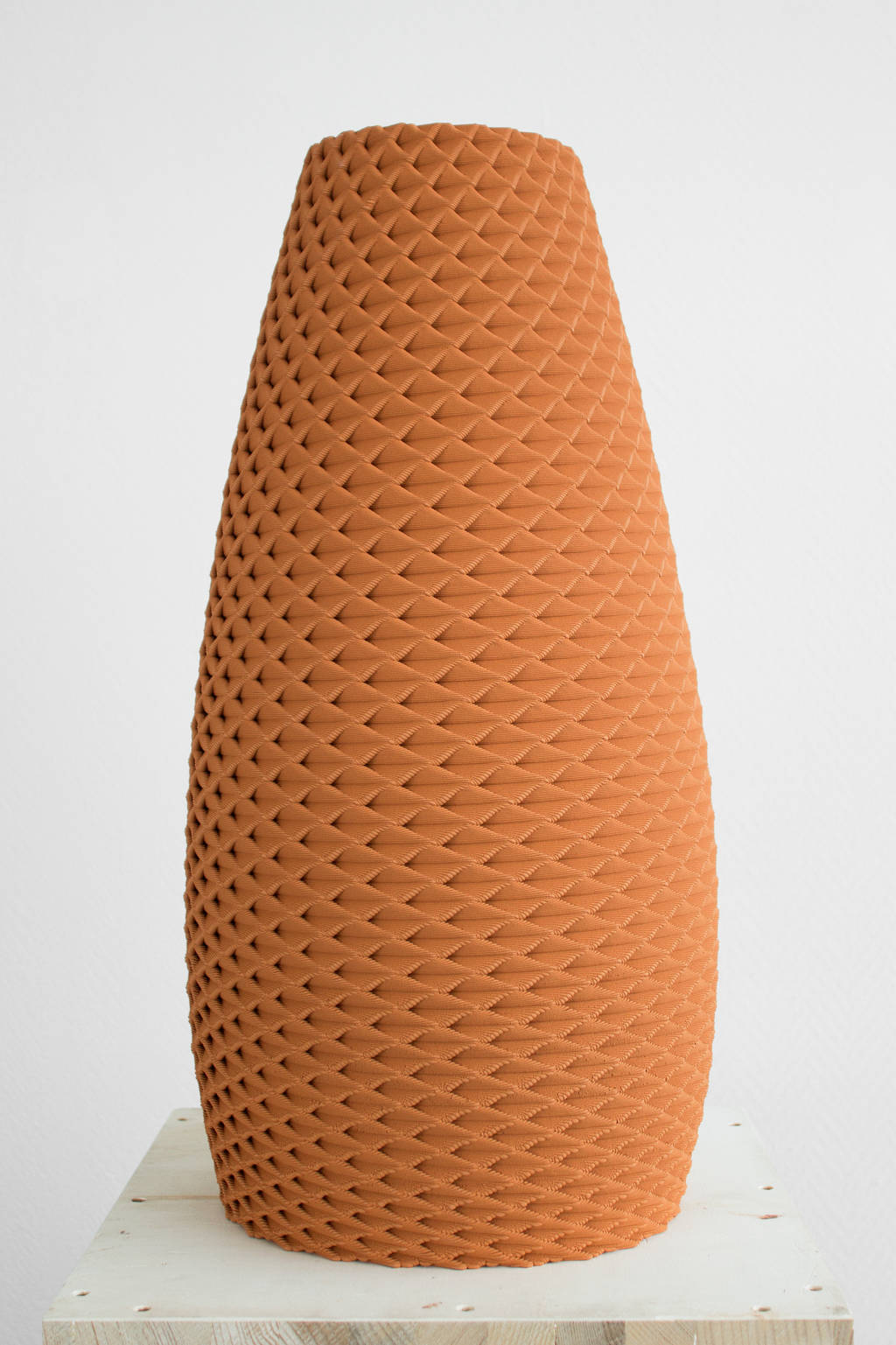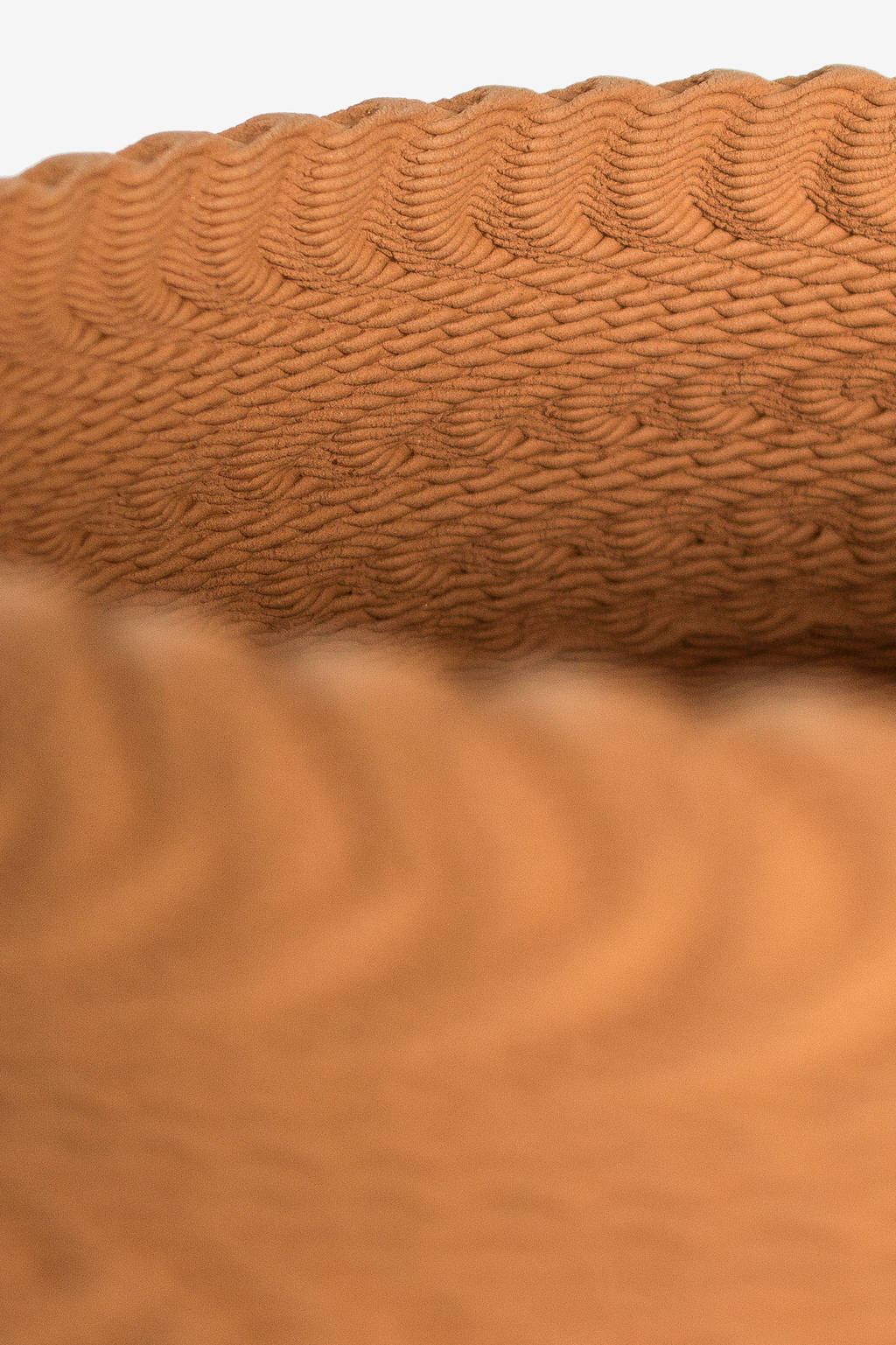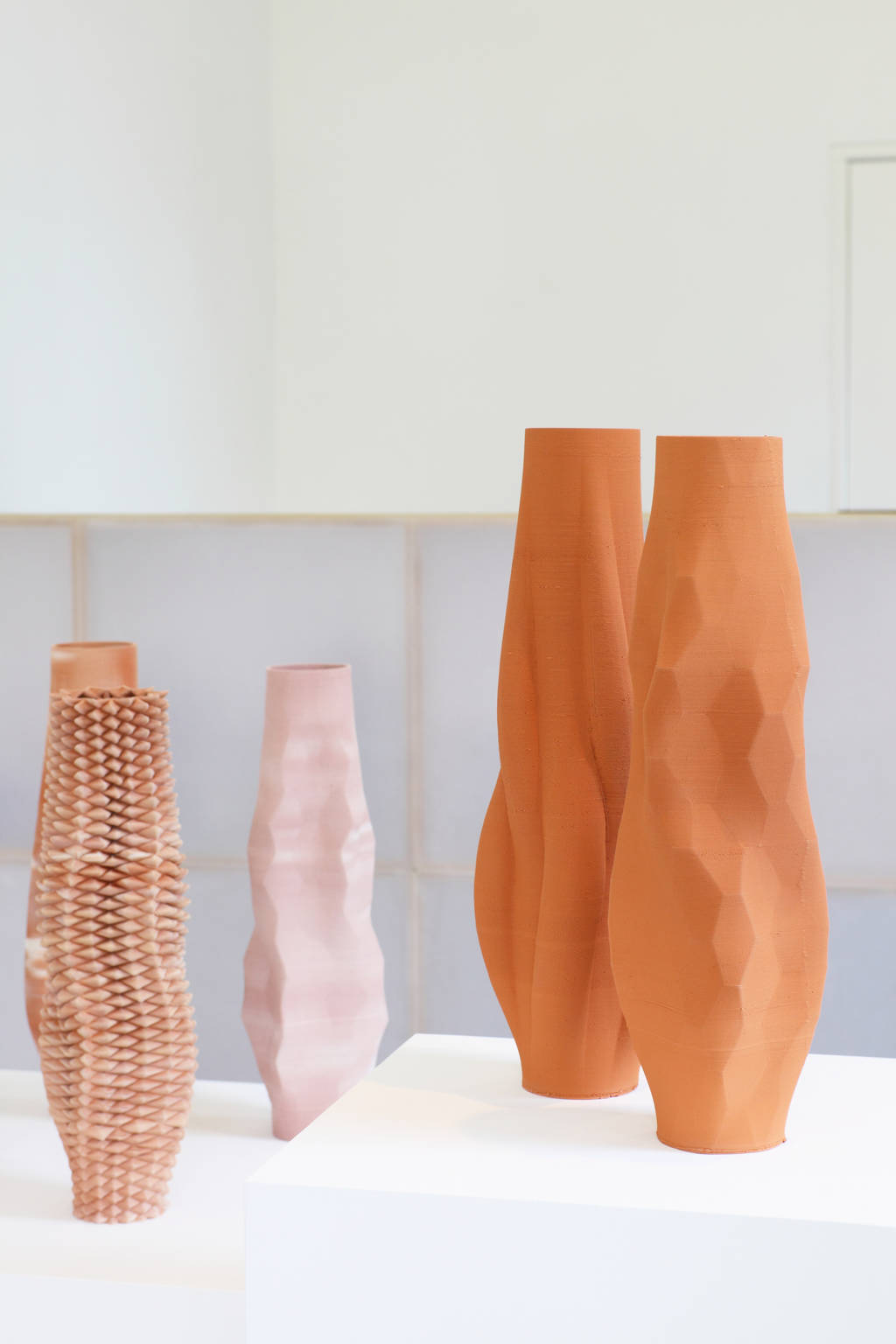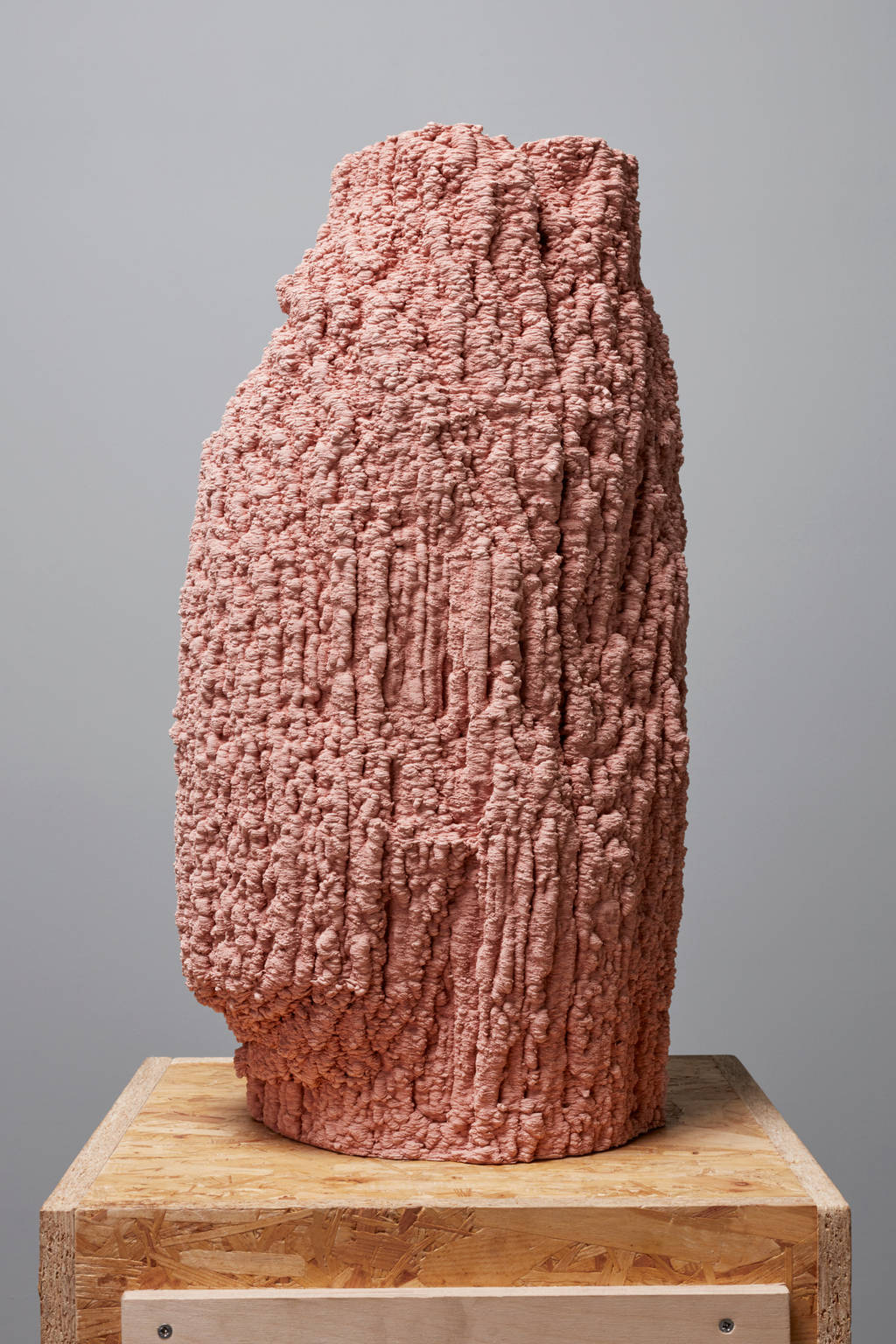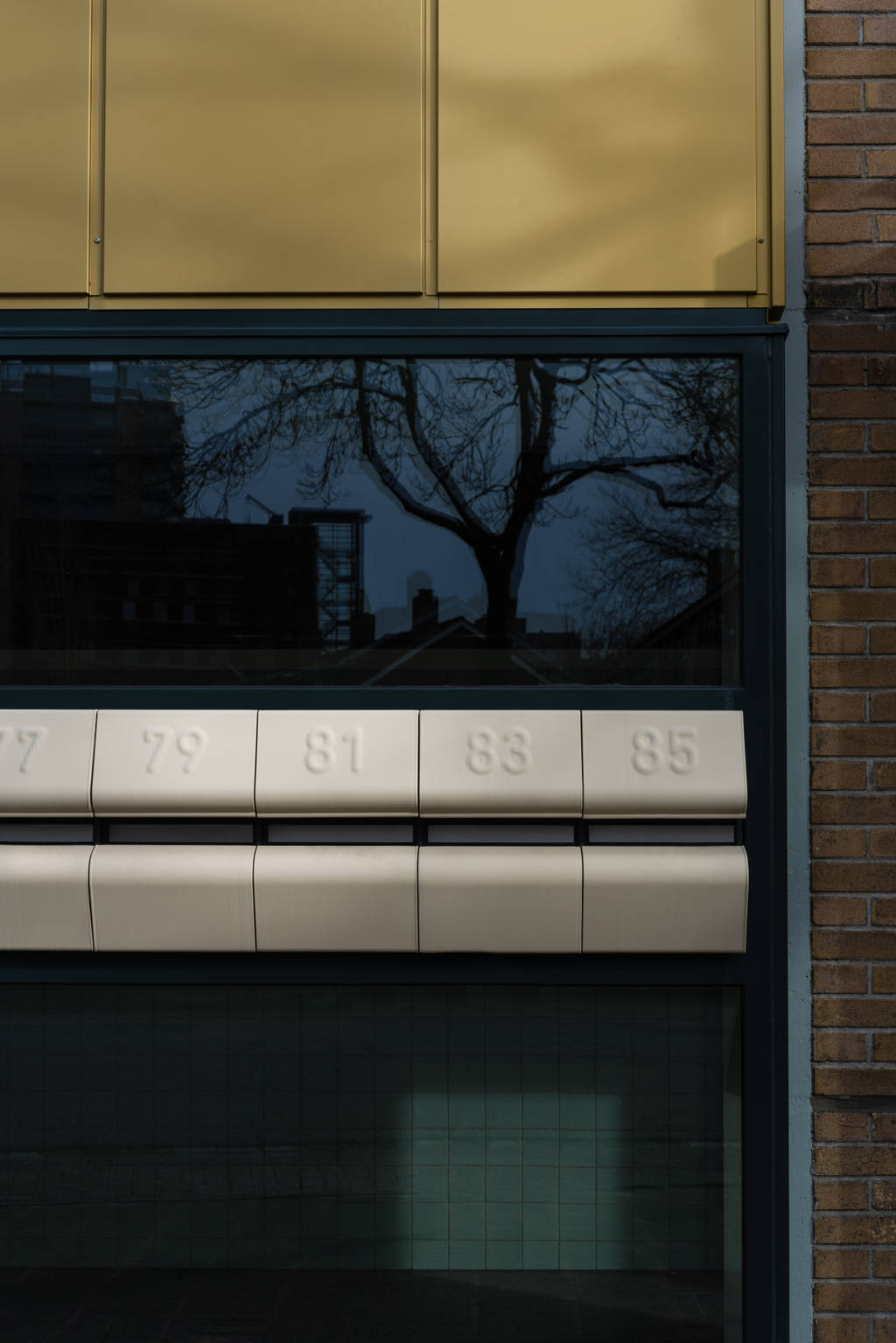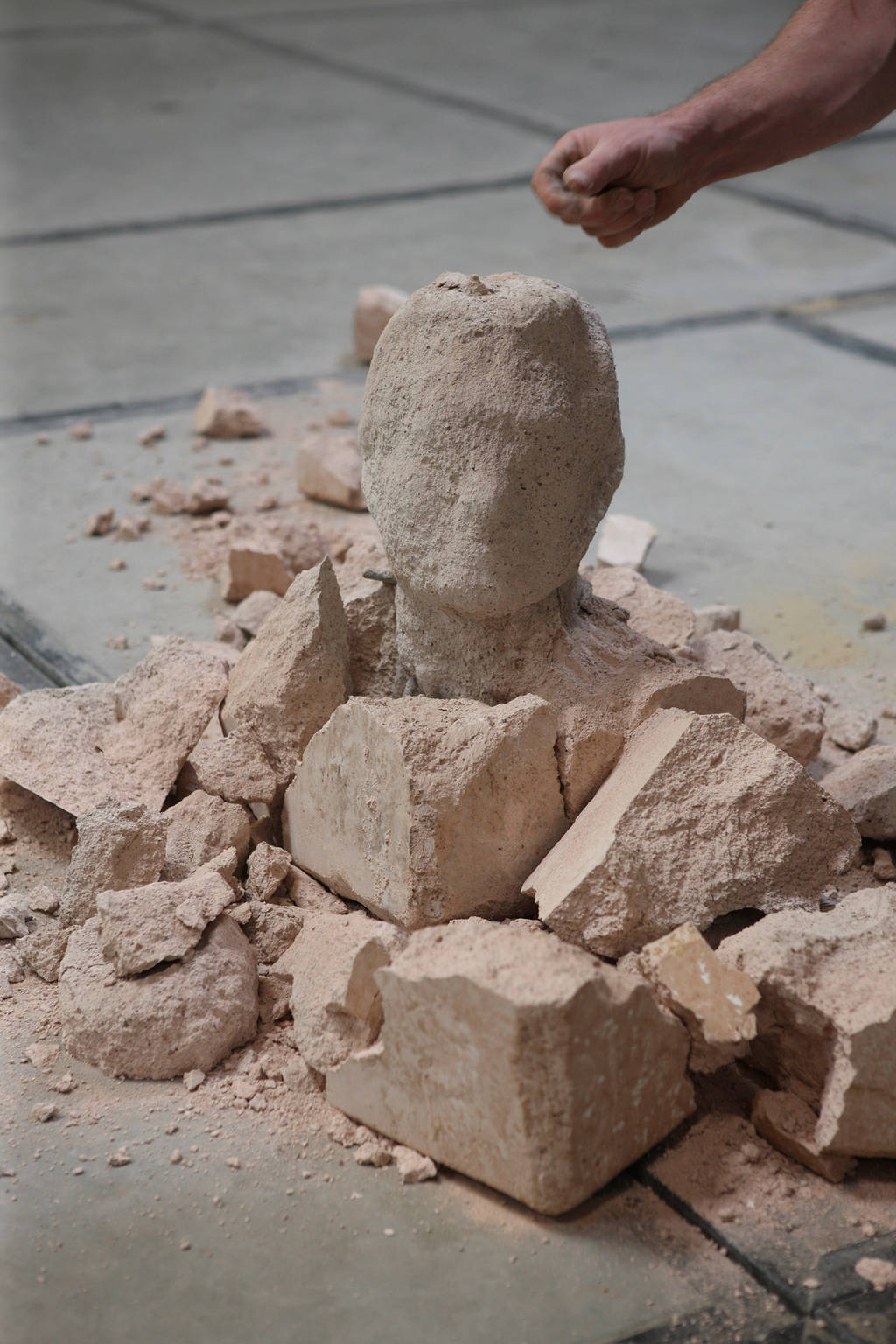Arcanum
In 2016 Olivier van Herpt was asked to make a contemporary porcelain piece for the Kunstmuseum Den Haag. He developed the first large-scale porcelain 3D printing technique to meet the commission for the museum.
The pieces that were 3D printed in porcelain now adorn a Dutch delftware flower pyramid base dating from the 17th century. To celebrate delftware, van Herpt 3D printed fourteen stackable pieces mixed with cobalt pigment to evoke a new interpretation of delftware.
The piece will remain in the permanent collection of the museum and is currently on display. The piece is called Arcanum. Arcanum refers to the secrets and mysteries that surround porcelain. For centuries European artisans tried unsuccessfully to copy the Chinese. Chinese blue and white porcelain was widely admired and traded worldwide for thousands of years. Europeans attempted to imitate it but were thwarted by the technical complexity of making porcelain. Delftware itself originated once artisans in the Netherlands were able to make a simulacrum of Chinese porcelain.
Van Herpt also had his own secrets to unlock. He had to unravel how to 3D print porcelain and produce a museum quality piece. Incorporating the cobalt in a coherent way proved problematic and this needed to be solved. Shrinkage of the porcelain during drying and firing also had to be corrected for. Eventually, van Herpt succeeded in developing porcelain 3D printing with the cobalt pigment. Then he had to design the pieces that would complement the flower pyramid base in sedately beautiful yet contemporary way. To take the old and make new in a respectful way is a challenge indeed.


